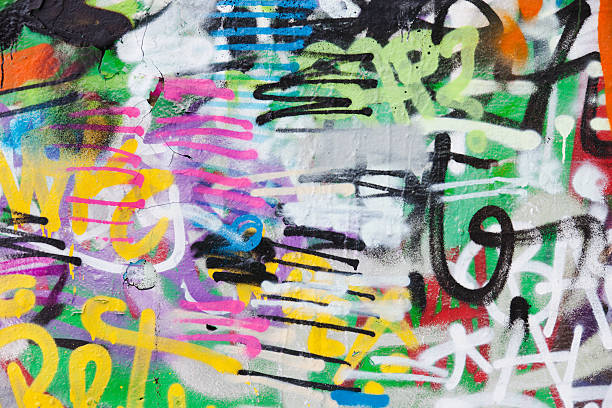The Unseen Impacts of Street Art on Urban Societies
**Art in public spaces, especially street art, is often overlooked as a mere beautification project. But, it plays a significant role in shaping the cultural and social fabric of urban societies. Read below to uncover this fascinating realm.** Street art, once considered a mark of rebellion or vandalism, has evolved over time to become a pivotal aspect of urban culture. It carries the potential to influence the societal perspective, sparking conversations, and promoting social change.

Street Art: From Vandalism to Social Expression
The history of street art dates back to the prehistoric era, with cave paintings being its earliest form. It evolved into modern graffiti in the 1960s and 70s as an act of rebellion and a means of self-expression for marginalized communities. However, its public acceptance and recognition as a valid art form took place only in the 21st century.
The Role of Street Art in Urban Culture
Street art has become an integral part of urban culture, transforming bleak cityscapes into vibrant, thought-provoking canvases. It often reflects the soul of the city, its history, and the issues it grapples with. From depicting political dissent to highlighting social issues, street art is a mirror of societal concerns.
Street Art as a Tool for Social Change
Street art carries a potent ability to convey political and social messages. Artists use this medium to challenge the status quo, foster dialogue, and drive social change. For instance, the works of Banksy, a renowned street artist, have consistently spotlighted issues of inequality, war, and consumerism.
The Societal Value of Street Art
The societal value of street art lies not only in its aesthetic appeal but also in its capacity to engage communities. It serves as an accessible form of public art, democratizing the consumption of culture and fostering a sense of community.
The Future of Street Art in Urban Societies
The increasing acceptance and recognition of street art indicate its growing role in shaping urban societies. As cities continue to evolve, so will the street art they host, reflecting the changing societal dynamics and continuing to serve as a catalyst for social dialogue and change.
In conclusion, street art is more than just an aesthetic addition to urban spaces. It is a powerful medium of social expression, a catalyst for community engagement, and an agent of social change. As we move towards the future, the role of street art in shaping our urban societies will only become more prominent. The vibrant colors and bold themes adorning our city walls bear testament to the fact that art is indeed a reflection of society.





